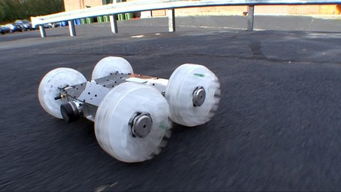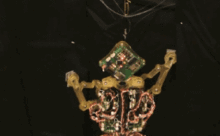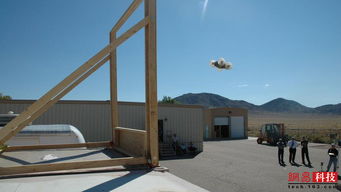Sand Flea Crab: A Unique and Intriguing Marine Inhabitant
The sand flea crab, also known as the sandhopper, is a fascinating creature that inhabits coastal areas around the world. With its unique appearance and behavior, this tiny crustacean has captured the attention of marine biologists and beachgoers alike. In this article, we will delve into the various aspects of the sand flea crab, including its physical characteristics, habitat, diet, and ecological role.
Physical Characteristics

The sand flea crab is a small, slender crustacean that typically measures between 1.5 to 2.5 centimeters in length. Its body is divided into three segments: the cephalothorax, the pereion, and the pleon. The cephalothorax is the head and thorax combined, which is where the crab’s eyes, antennae, and mouthparts are located. The pereion is the middle segment, which houses the crab’s legs, and the pleon is the tail segment, which ends in a fan-like tail fan.
One of the most distinctive features of the sand flea crab is its long, slender antennae, which can be up to twice the length of its body. These antennae are used for sensing the environment and detecting prey. The crab’s carapace, or shell, is usually a pale brown or gray color, which helps it blend in with the sandy substrate of its habitat.
Habitat

The sand flea crab is primarily found in coastal areas, where it lives in the intertidal zone, which is the area between the high and low tide lines. This habitat is characterized by its dynamic nature, as the sand flea crab must constantly adapt to the changing conditions caused by the tides. During high tide, the crab burrows into the sand to avoid being washed away, while during low tide, it emerges to feed and interact with other organisms.
The sand flea crab prefers sandy substrates, as these provide the necessary material for burrowing. It can be found in a variety of coastal environments, including beaches, mangroves, and salt marshes. In some regions, the sand flea crab has even been observed in freshwater habitats, such as rivers and lakes.
Diet

The sand flea crab is a detritivore, which means it feeds on organic matter that has been broken down by other organisms. Its diet primarily consists of detritus, which includes dead plant and animal material, as well as feces. The crab uses its long antennae to detect food particles in the sand, and then uses its pincers to gather and consume them.
In addition to detritus, the sand flea crab may also feed on small invertebrates, such as nematodes and other crustaceans. When feeding, the crab uses its legs to sift through the sand and gather food, which is then transported to its mouth using its pincers.
Ecological Role
The sand flea crab plays an important role in the coastal ecosystem. As a detritivore, it helps to recycle organic matter, which is essential for nutrient cycling. By breaking down detritus, the sand flea crab makes nutrients available to other organisms in the ecosystem, such as plants and other invertebrates.
In addition to its role in nutrient cycling, the sand flea crab also serves as a food source for a variety of predators, including birds, fish, and other crustaceans. This makes it an important link in the food web, as it connects primary producers to higher trophic levels.
Reproduction
The sand flea crab is a hermaphrodite, which means it has both male and female reproductive organs. Reproduction typically occurs during the warmer months, when conditions are favorable for the crab’s survival. The female crab lays eggs, which are then attached to her pleon using a sticky substance. The eggs hatch into larvae, which undergo several molts before reaching adulthood.
The larvae of the sand flea crab are known as zoea, and they are free-swimming for a period of time before settling on the bottom and undergoing further development. This life cycle allows the crab to disperse to new areas and colonize new habitats.
Conservation Status
The sand flea crab is not currently listed as an endangered species, but it is subject to various threats, including habitat loss, pollution, and climate change. Coastal development, such as the construction of buildings and infrastructure, can destroy the crab’s habitat and reduce its population. Pollution from agricultural runoff and industrial waste can also harm the crab and its food sources.
Climate change poses a significant threat to the sand
